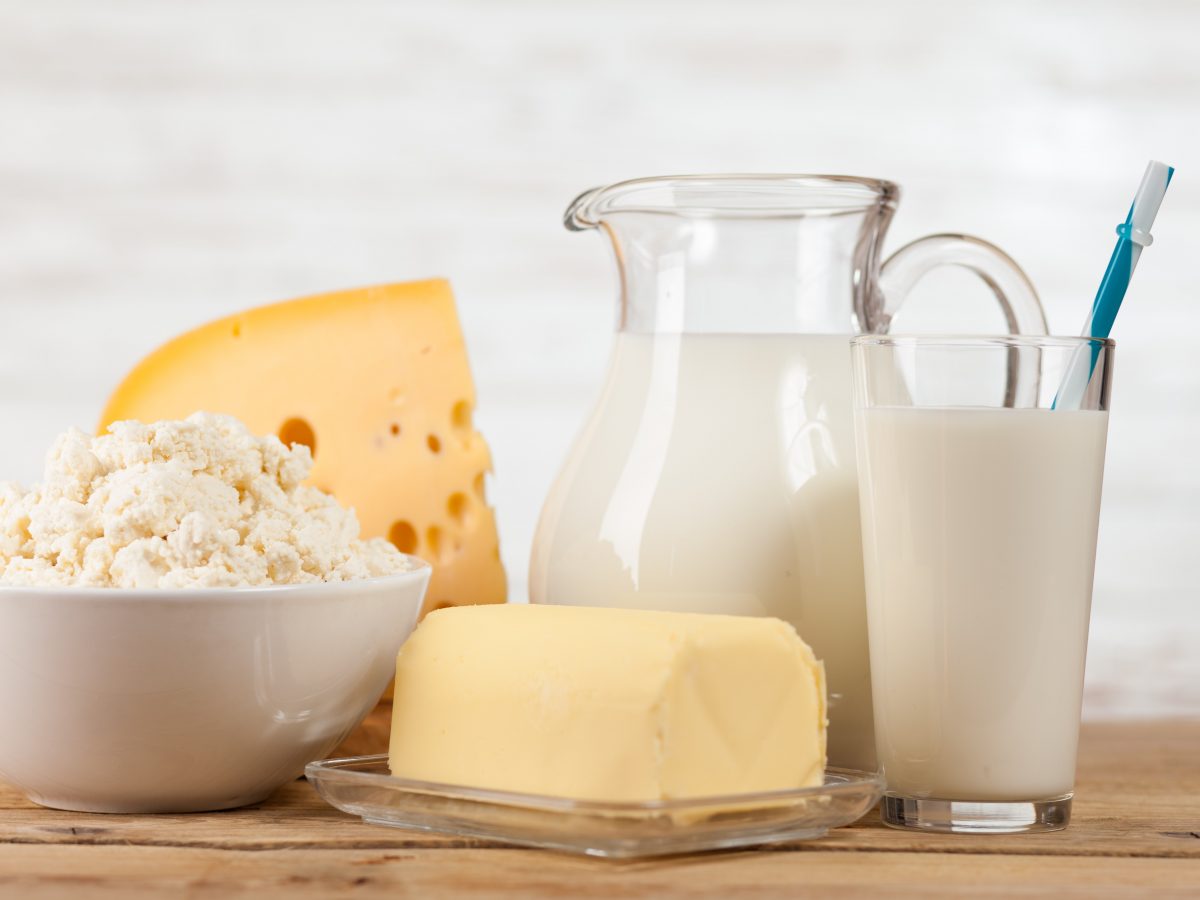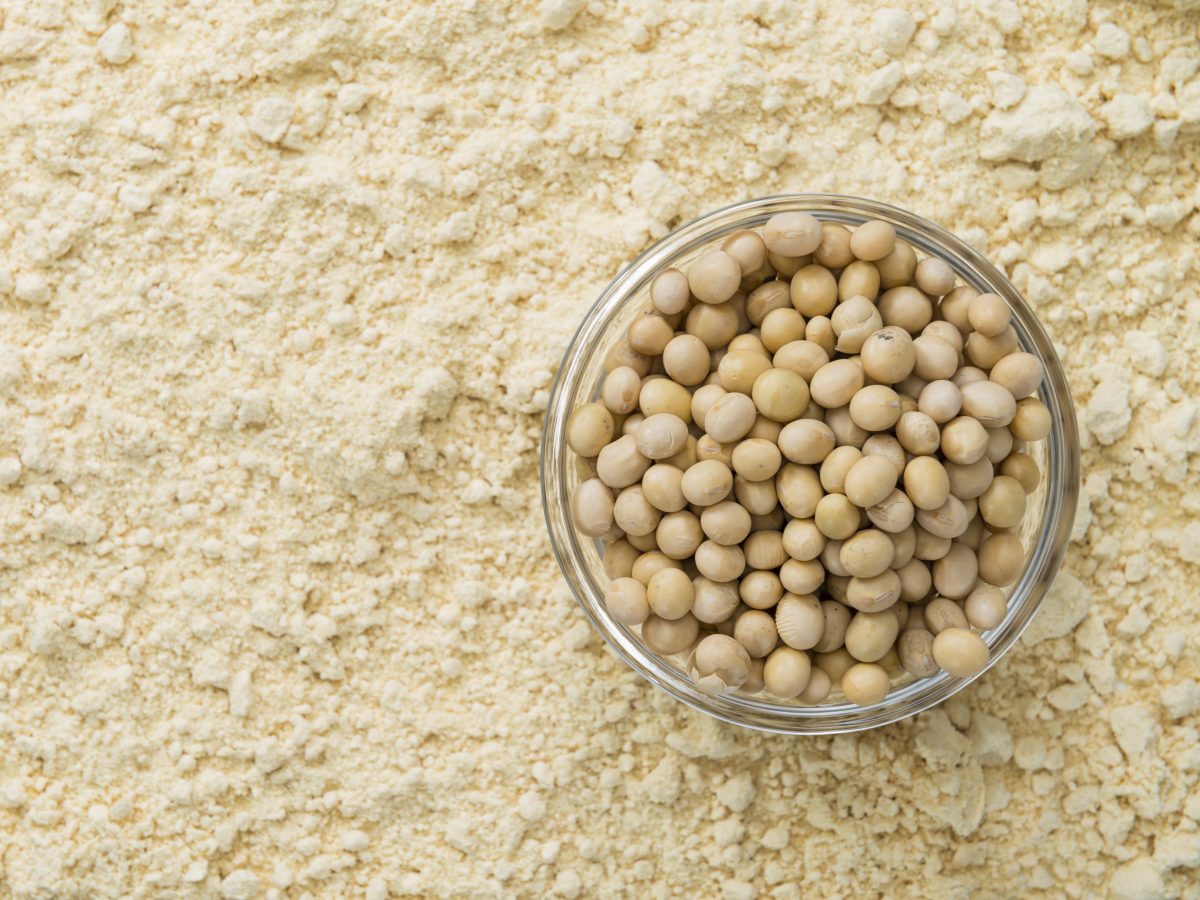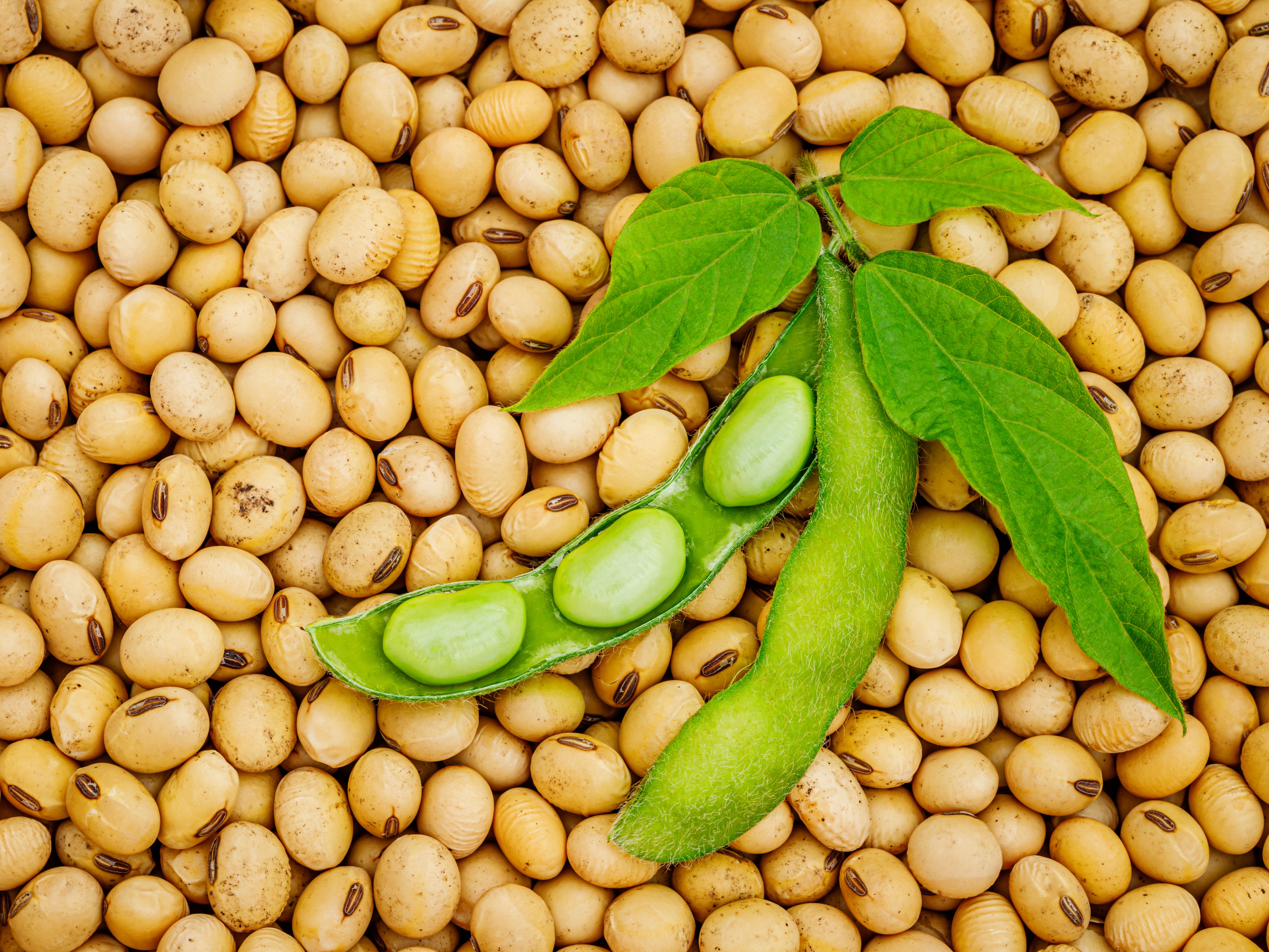This month, a group of UNSW Sydney scientists published a critical literature review into improving key functional attributes of plant proteins using Maillard reactions and conjugation.
In the paper, published in leading academic journal Critical Reviews in Food Science and Nutrition, the researchers – PhD candidate Rishi Ravindra Naik, Yong Wang and Professor Cordelia Selomulya, from UNSW Sydney’s School of Chemical Engineering – review the literature on functional and sensory attributes of plant-derived proteins, and explore the potential role of Maillard reactions and conjugations in improving these attributes.
The review covers recent advances in plant-derived protein modification using Maillard conjugation. It includes an exploration of various pre-treatments to modify the functionality and bioactivity of plant proteins, and looks at potential uses of these pre-treatments in practice.
An overview of different properties of Maillard reaction products (MRPs), including food safety aspects, is also presented.

“Animal proteins – meat and dairy – have all sorts of useful functional properties, such as emulsifying and solubilising abilities, and gelation,” Professor Selomulya explains. Credit: George Dolgikh/Shutterstock
What do meat and dairy proteins have that plant proteins lack?
‘Plant-derived protein research has gained attention in recent years due to the rise of health concerns, allergenicity, trends toward vegan diet, food safety, and sustainability; but the lower techno-functional attributes of plant proteins compared to those of animals still remain a challenge for their utili[s]ation,’ the authors state.
Professor Selomulya explains: “Animal proteins – meat and dairy – have all sorts of useful functional properties, such as emulsifying and solubilising abilities, and gelation. These are very useful when it comes to making dairy protein into cream or ice-cream, or getting hamburger mince to stick together, or generating creamy texture.
“In contrast, plant proteins very commonly lack the functional properties of animal proteins, or have inferior ones. So there’s room for improvement. And one way to improve them, which we detail in this paper, is to introduce a Maillard conjugation. This is when you purposely make a plant protein go through initial stages of Maillard reaction.
“It’s a balancing act: you want to increase its emulsifying properties, increase its solubility, by purposely cross-linking some of the amino acids, encouraging the Maillard reaction process to start happening – but not taking it so far that it produces a carcinogenic product.”

Soy is a common source of plant protein: “Being able to alter the functional properties of plant-based proteins by inducing a partial Maillard reaction makes them much more functional as ingredients for all sorts of ‘alternative’ products,” says Professor Selomulya.
What is the Maillard reaction and why is it important?
“The Maillard reactions are complex series of reactions between proteins and reducing sugars that occur when you add heat,” Professor Selomulya explains. “Which is not desirable when you’re creating dairy products: sugar reacting with lactose causes discolouration and crystallisation. But if you’re cooking a steak or roasting a leg of lamb, the amino acids in meat reacting with sugars causes Maillard reactions that lead to browning and add different flavours to the meat.”
“Manipulating Maillard reactions to add functionality to plant proteins is very useful if you’re trying to create plant-based alternatives to animal and dairy products,” she says. “Because essentially, if you want to replace animal or dairy proteins with plant-based proteins, you want the plant-based ingredient to be able to do what animal or dairy proteins can do.
“And animal and dairy proteins can be made into burgers and jelly, or into cream, ice-cream, cheese, butter, with all those different textures and tastes and mouthfeels. Whereas typically, plant proteins are much less easy to use.”
“Being able to alter the functional properties of plant-based proteins by inducing a partial Maillard reaction thus makes them much more functional as ingredients for all sorts of ‘alternative’ products. It means they can then mimic that properties of their animal or dairy equivalents more closely.”
The project was supported by the Australian Research Council (ARC) Discovery Program.
Source
Rishi Ravindra Naik, Yong Wang & Cordelia Selomulya (2021). ‘Improvements of plant protein functionalities by Maillard conjugation and Maillard reaction products’, Critical Reviews in Food Science and Nutrition, DOI: 10.1080/10408398.2021.1910139


